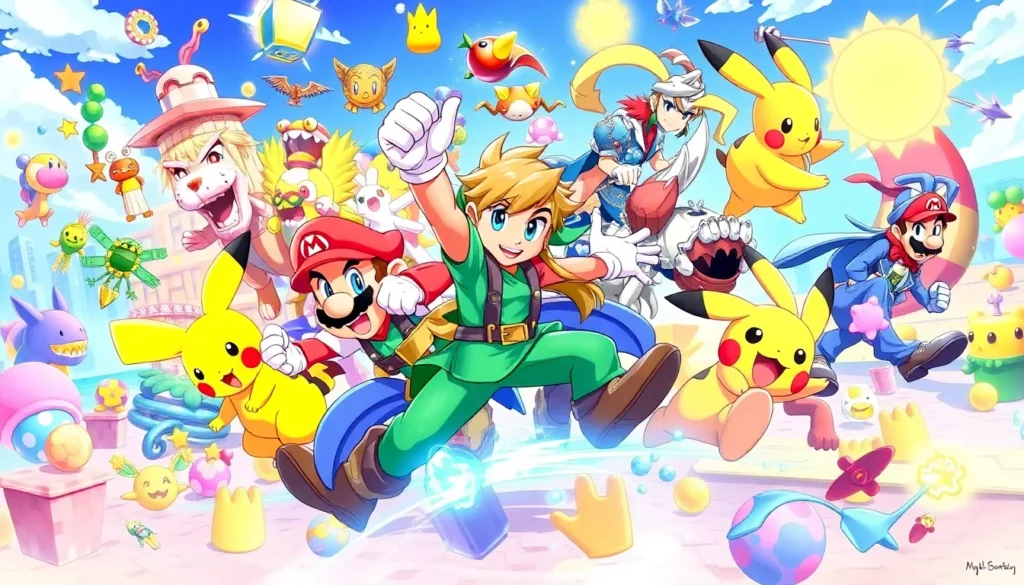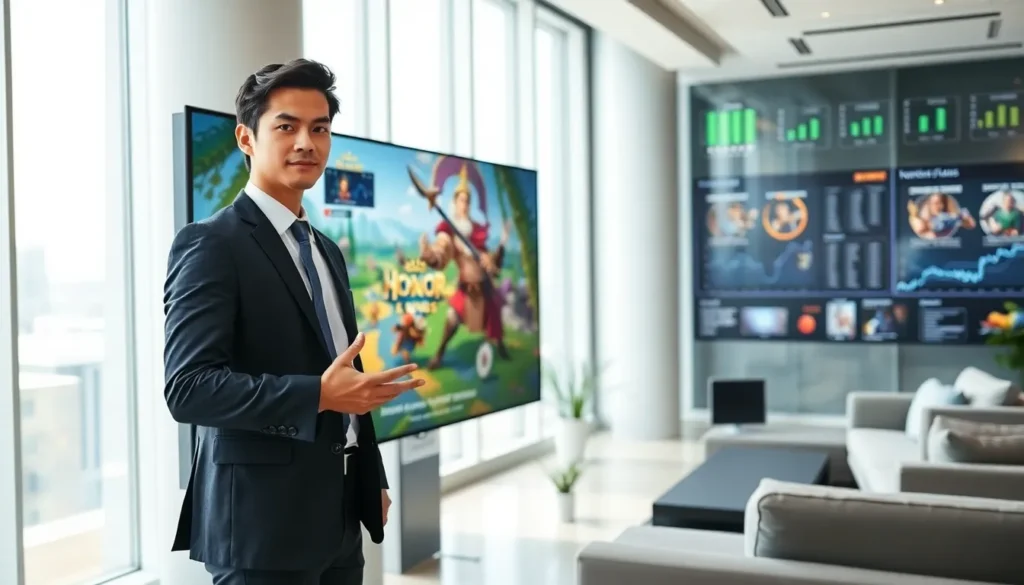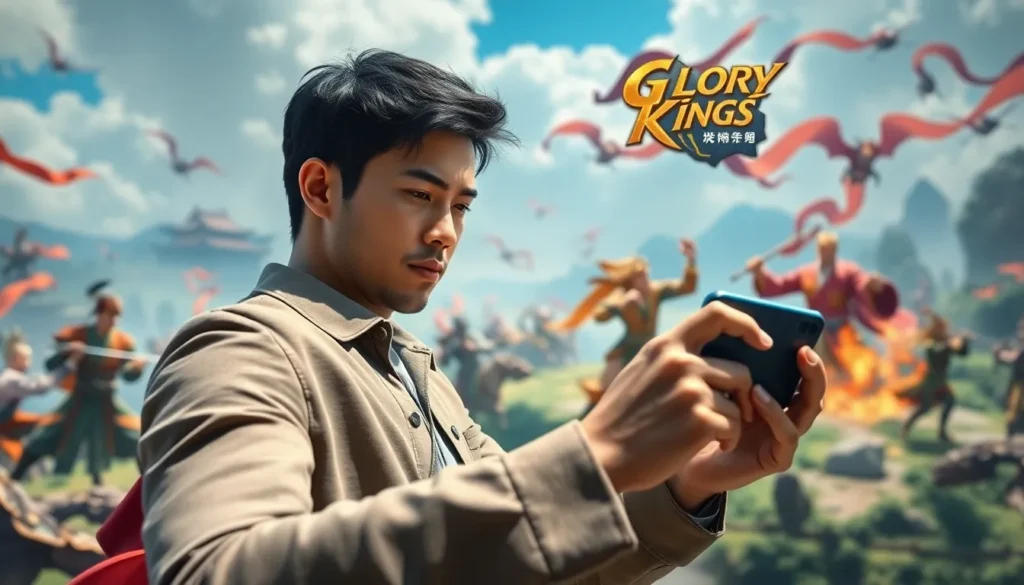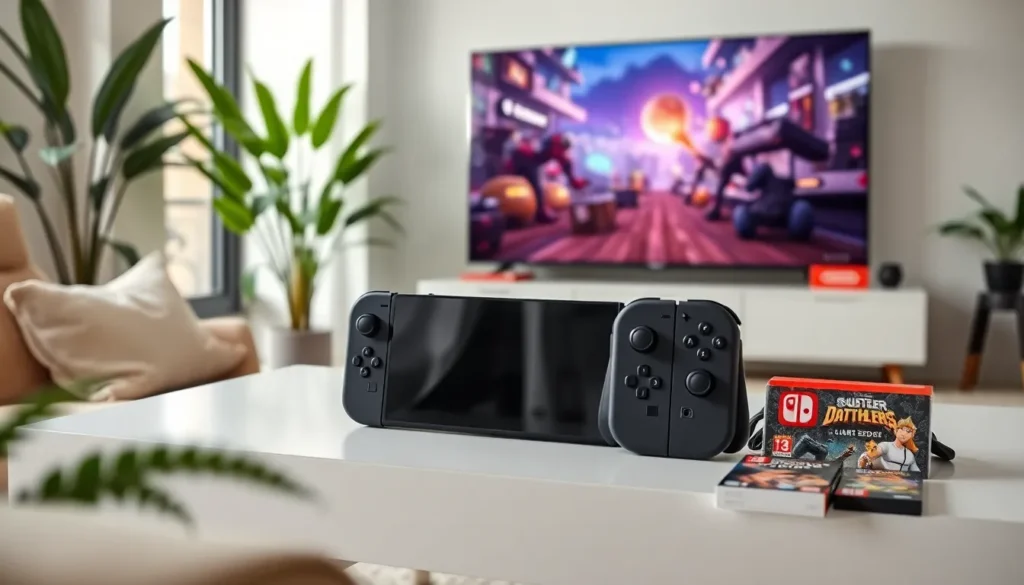Table of Contents
ToggleSuper Smash Bros isn’t just a game; it’s a universe where heroes and villains collide in chaotic harmony. Fans have spent countless hours not only mastering their favorite characters but also piecing together wild theories that explain the bizarre happenings in this beloved franchise. From hidden connections between characters to mind-bending timelines, the theories are as diverse as the roster itself.
Overview of Super Smash Bros Fan Theories
Numerous fan theories surround the Super Smash Bros universe, showcasing the creativity of the community. Characters from various franchises intertwine in ways that prompt deep speculation about their relationships and histories. Players often explore hidden meanings and lore behind character interactions, shedding light on the games’ complexities.
One prevalent theory suggests that the game serves as an alternate reality where characters unite to resolve conflicts. This idea aligns with the often chaotic nature of battles and stages. Another interesting perspective proposes that the spirits of the characters participate in the fights, showcasing their adventures beyond their original games.
Players also debate the origins of certain characters and their significance within their respective worlds. For example, some theorists hypothesize that specific character connections reflect sibling rivalries and past alliances. These discussions generate a richer understanding of character backstories and motivations.
Theories about character transformations are equally captivating. Characters such as Zelda and Sheik provide ample material, fueling debates about identities and powers. Juxtaposing different iterations of characters often leads to discussions about personal growth and evolution throughout the series.
Fans frequently analyze the game’s stages, attributing meaning to various elements seen in the background and design. Iconic locations spark imagination about their significance in the broader Nintendo universe. Cortically in-depth conversations ultimately enhance appreciation for the artistic choices made.
This collection of theories highlights fan engagement and dedication to uncovering the lore hidden in Super Smash Bros. The dynamics of community discussion further elevate the game’s status as a beloved cultural phenomenon, fostering camaraderie among players.
Popular Theories Among Fans

The Super Smash Bros community thrives on fan theories, which examine character histories and game mechanics. Many players enjoy diving into discussions about origins, abilities, and narrative connections.
Theories About Character Origins
Theories about character origins often spark intense discussions. One popular belief suggests that characters like Link and Samus originate from different timelines within Hyrule and the Metroid universe. Another theory posits that the transformations of characters, such as Zelda into Sheik, symbolize dual identities shaped by their environments. Fans frequently refer to the idea that Mario represents a personal journey, embodying growth through various adventures across his franchise. Such interpretations vary widely and contribute to an ongoing dialogue about the characters’ backgrounds. Exploring these connections enhances the understanding of who these fighters are and where they come from.
Theories About Game Mechanics
Theories about game mechanics delve into the rules and design strategies within Super Smash Bros. Players often speculate that the unique mechanics stem from a multiverse concept where different game worlds intersect. Many believe that the various power-ups indicate the integration of gameplay features from each character’s original game. Mechanics like knockback and staling are frequently analyzed to strategize competitive play. Some participants posit that the introduction of various character moves reflects their skill development, mirroring their experiences outside the Smash universe. Overall, these theories encourage players to think critically about competitive and casual play alike.
Deep Dives Into Specific Theories
The Super Smash Bros universe features a host of intriguing fan theories that deepen the engagement with the game.
The Nintendo Connection
Fans suggest that character inclusion directly reflects Nintendo’s broader universe. Characters like Mario and Link symbolize essential aspects of gaming history. Connections between franchises underline Nintendo’s commitment to intertwining narratives. Another point of interest lies in the evolution of character designs over time, which fans believe showcase shifts in artistic direction. Shared elements in game mechanics reveal how Nintendo’s legacy influences gameplay experiences. Communities continue to debate the implications of these connections, sometimes resulting in passionate discussions about character origins. This reflection unites devotees around a common theme of exploration of Nintendo’s rich history.
Crossover Character Implications
Crossover characters spark extensive conversations about identity and continuity. Characters such as Cloud from Final Fantasy introduce questions about narrative coherence between franchises. Many believe these interactions highlight contrasting themes and gameplay styles. Discussions often point to how character abilities reflect their respective origins, raising questions about balance and gameplay integrity. Competitive players analyze how diverse move sets contribute to game dynamics. Fan theories embrace the notion that such crossovers emphasize friendship and competition, enriching the multiplayer experience. Players engage with these theories, fostering a deeper appreciation for the game’s design and interconnected character lore.
The Impact of Fan Theories on the Community
Fan theories significantly influence the Super Smash Bros community, fostering a vibrant dialogue among players. Engaging discussions arise when fans share their insights and interpretations, encouraging others to contribute their thoughts. Theories provide a deeper understanding of the characters’ relationships, enriching the overall narrative.
In particular, the idea that Super Smash Bros serves as an alternate reality captivates imaginations. Players explore the implications of character interactions, discussing how these connections enhance gameplay and storytelling. Major plots such as sibling rivalries bring renewed focus to character backstories, allowing enthusiasts to view the game through a different lens.
Additionally, fan theories often spark controversy, leading to passionate debates about character origins and transformations. Conversations surrounding Zelda and Sheik challenge perceptions of identity and growth, stimulating thoughtful exchanges within the community. Analyzing stage designs also contributes to discussions, as fans consider hidden meanings behind each choice, further connecting elements within the game.
Social media and forums amplify the reach of these theories, allowing fans to collaborate and refine ideas together. The community’s active participation boosts camaraderie, creating an inclusive atmosphere where everyone feels welcome to share thoughts. As various cultures and styles blend within the fandom, the sense of unity among players becomes increasingly evident.
Ultimately, fan theories elevate Super Smash Bros as a cultural phenomenon, bridging gaps between franchises and enhancing player experiences. Both competitive and casual gamers find themselves engaged in critical thinking exercises that challenge conventional views, solidifying the community’s passion for the game.
The world of Super Smash Bros is a rich tapestry woven from the creativity and passion of its dedicated fanbase. The myriad of theories not only enhances the gameplay experience but also fosters a sense of community among players. As they explore character connections and timelines, fans engage in meaningful discussions that deepen their appreciation for the game’s artistry and narrative.
These theories invite players to think critically about the relationships between characters and the underlying mechanics of the game. The ongoing dialogue fuels excitement and keeps the spirit of Super Smash Bros alive, ensuring that it remains a beloved cultural phenomenon for years to come. Through their imaginative interpretations, fans continue to celebrate the magic of this iconic franchise.




